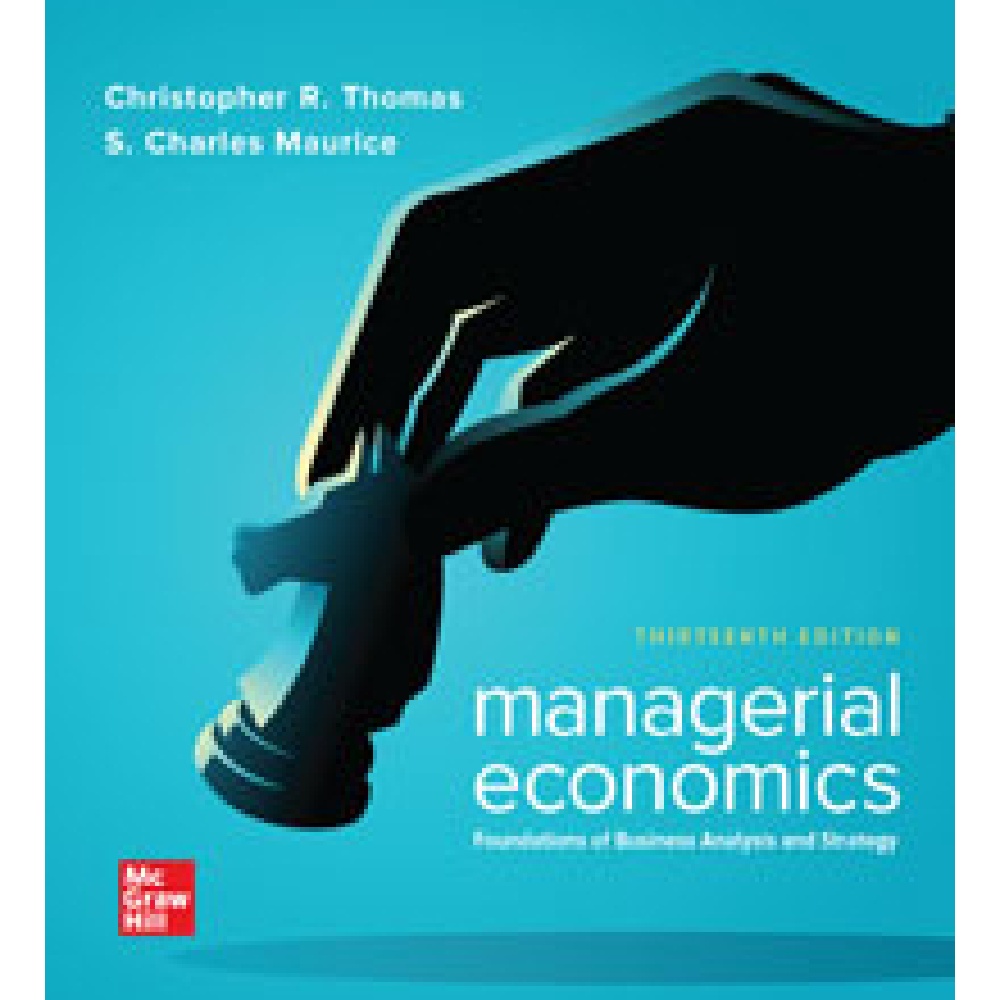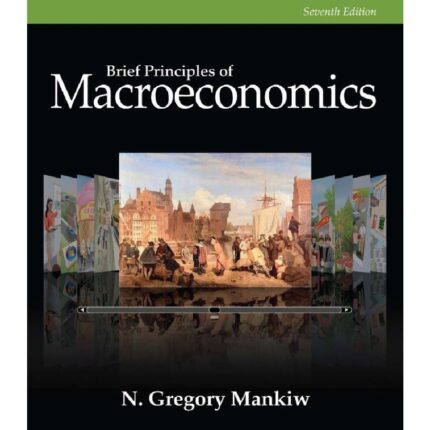Chapter 11: MANAGERIAL DECISIONS IN COMPETITIVE MARKETS
Multiple Choice
11-1 Which of the following is NOT a condition of a perfect competition:
a. products produced by rival firms are perfect substitutes
b. a single firm cannot affect market supply
c. unrestricted entry and exit
d. industry sales are small
e. each firm has complete knowledge about production and prices
Answer: d
Difficulty: 01 Easy
Topic: Characteristics of Perfect Competition
AACSB: Reflective Thinking
Blooms: Remember
Learning Objective: 11-01
11-2 In a perfectly competitive market
a. a firm must lower price to attract more customers.
b. the additional revenue from selling one more unit of output is less than price.
c. demand facing the industry is perfectly elastic.
d. all of the above
e. none of the above
Answer: e
Difficulty: 01 Easy
Topic: Characteristics of Perfect Competition
AACSB: Reflective Thinking
Blooms: Remember
Learning Objective: 11-01
11-3 For a price-taking firm, marginal revenue
a. is the addition to total revenue from producing one more unit of output.
b. decreases as the firm produces more output.
c. is equal to price at any level of output.
d. both a and b
e. both a and c
Answer: e
Difficulty: 01 Easy
Topic: Demand Facing a Price-Taking Firm
AACSB: Reflective Thinking
Blooms: Remember
Learning Objective: 11-02
11-4 The total cost schedule for a competitive firm is given by:
Output Total Cost
0 $ 10
1 60
2 80
3 110
4 165
5 245
If market price is $60, how many units of output will the firm produce?
a. Zero units of output because the firm shuts down.
b. 1 unit of output.
c. 2 units of output.
d. 3 units of output.
e. none of the above.
Answer: e
Difficulty: 02 Medium
Topic: Profit Maximization in the Short-Run
AACSB: Analytical Thinking
Blooms: Apply
Learning Objective: 11-03
11-5 Total cost schedule for a competitive firm:
Output Total Cost
0 $ 10
1 60
2 80
3 110
4 165
5 245
If market price is $60, what is the maximum profit the firm can earn?
a. $10
b. Zero profit, the firm shuts down
c. $75
d. $80
e. $85
Answer: c
Difficulty: 02 Medium
Topic: Profit Maximization in the Short-Run
AACSB: Analytical Thinking
Blooms: Apply
Learning Objective: 11-03
11-6 Total cost schedule for a competitive firm:
Output Total Cost
0 $ 10
1 60
2 80
3 110
4 165
5 245
If market price is $30, how many units of output will the firm produce?
a. 0, the firm shuts down
b. 1
c. 2
d. 3
e. 4
Answer: a
Difficulty: 02 Medium
Topic: Profit Maximization in the Short-Run
AACSB: Analytical Thinking
Blooms: Apply
Learning Objective: 11-03
11-7 In a perfectly competitive industry the market price is $25. A firm is currently producing 10,000 units of output; average total cost is $28, marginal cost is $20, and average variable cost is $20. The firm should
a. raise price because the firm is losing money.
b. keep output the same because the firm is producing at minimum average variable cost.
c. produce more because the next unit of output increases profit by $5.
d. produce less because the next unit of output decreased profit by $3.
e. shut down because the firm is losing money.
Answer: c
Difficulty: 02 Medium
Topic: Profit Maximization in the Short-Run
AACSB: Analytical Thinking
Blooms: Apply
Learning Objective: 11-03
11-8 Below, the graph on the left shows the short-run marginal cost curve for a typical firm selling in a perfectly competitive industry. The graph on the right shows current industry demand and supply.
If the firm’s demand and marginal revenue curves were drawn in the left-hand graph, what would be the elasticity of demand?
a. zero
b. 6
c. 0.6
d. infinitely elastic
e. unitary
Answer: d
Difficulty: 01 Easy
Topic: Demand Facing a Price-Taking Firm
AACSB: Reflective Thinking
Blooms: Remember
Learning Objective: 11-02
11-9 The graph on the left shows the short-run marginal cost curve for a typical firm selling in a perfectly competitive industry. The graph on the right shows current industry demand and supply.
What is the marginal revenue for the FIRM from selling the 250th unit of output?
a. $10
b. $8
c. $6
d. $4
e. zero
Answer: b
Difficulty: 01 Easy
Topic: Demand Facing a Price-Taking Firm
AACSB: Reflective Thinking
Blooms: Understand
Learning Objective: 11-02
11-10 The graph below on the left shows the short-run marginal cost curve for a typical firm selling in a perfectly competitive industry. The graph on the right shows current industry demand and supply.
What output should the firm produce?
a. 200
b. 250
c. 150
d. 300
Answer: a
Difficulty: 01 Easy
Topic: Demand Facing a Price-Taking Firm
AACSB: Reflective Thinking
Blooms: Understand
Learning Objective: 11-02













Reviews
There are no reviews yet.